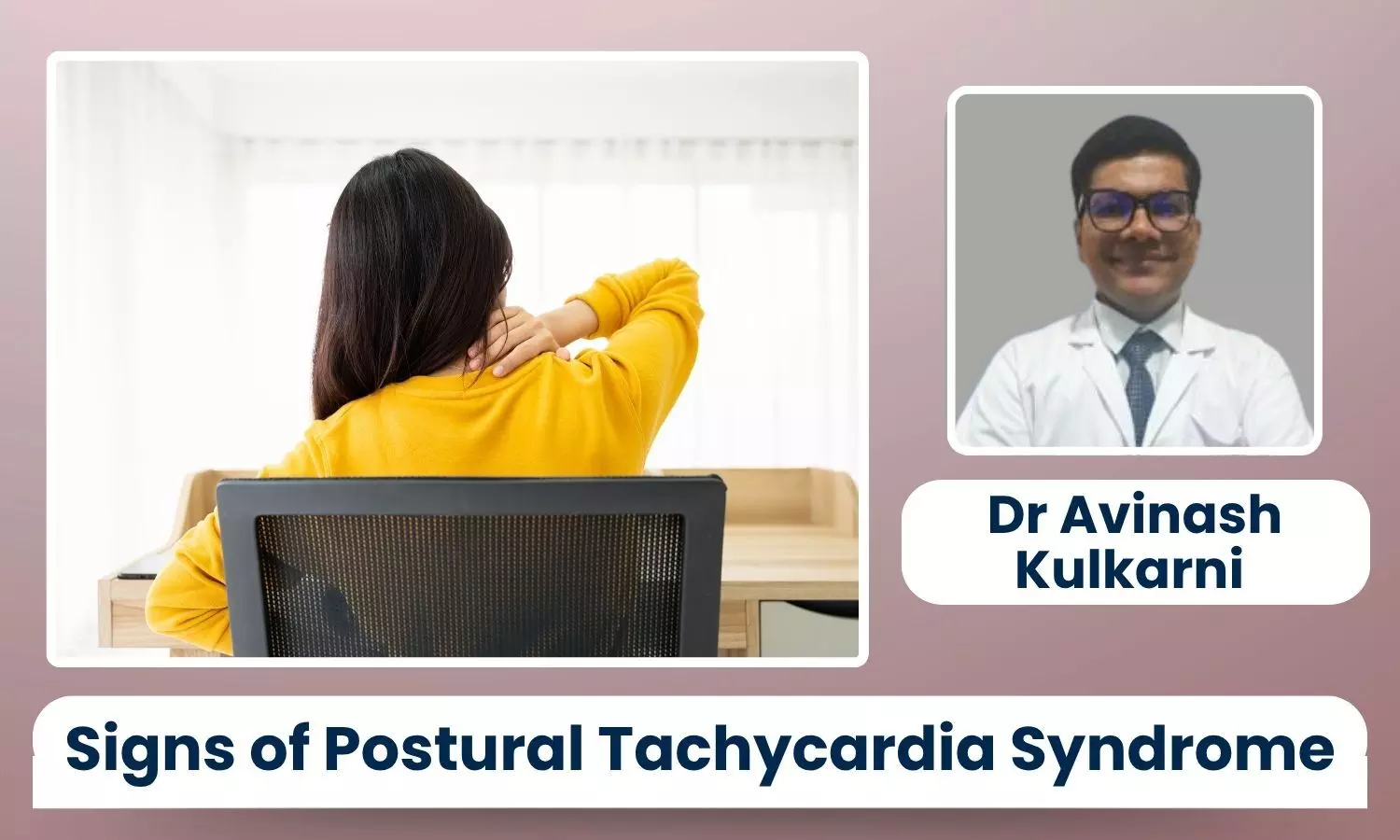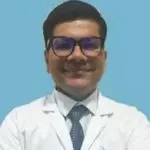From Fatigue to Fainting: Recognising Early Signs of Postural Tachycardia Syndrome - Dr Avinash Kulkarni

In some young people, simply standing up can trigger more than just a change in posture. A sudden rush of heartbeat, brief light-headedness, or waves of exhaustion may not seem alarming at first.
These signs often fade quickly and are easy to brush off. But when they return often, it could point to something more than everyday fatigue—a condition called Postural Orthostatic Tachycardia Syndrome, or PoTS, which frequently goes unrecognised in its early stages.
The condition affects the autonomic nervous system, which manages essential functions the body performs automatically—such as controlling heart rate, regulating blood pressure, and supporting digestion.
In those with PoTS, standing up triggers a sharp and rapid increase in heart rate, often by 30 beats per minute or more. At the same time, blood pressure may drop or become erratic. This imbalance can set off a range of symptoms that are easy to misread and often affect everyday life.
Often Misread, Frequently Missed
Though not rare, PoTS is often mistaken for other issues. Tiredness, shakiness, nausea, and difficulty focusing are often mistaken for everyday stress or poor sleep.
Feeling faint or experiencing blurred vision after standing up can easily be confused with dehydration or low iron levels. Many affected individuals, especially young women, spend years looking for answers.
In some cases, PoTS begins after a viral infection, surgery, or long bed rest. Other times, the onset is gradual. What makes it harder to spot is how varied the symptoms can be—some people feel dizzy or tired, others report heart palpitations or difficulty thinking clearly.
What Happens in PoTS?
Under normal conditions, standing causes a slight drop in blood flow, which the body corrects by tightening blood vessels and slightly increasing heart rate. In PoTS, this adjustment doesn’t work properly.
The heart races too much, blood pools in the legs, and blood flow to the brain is reduced. As a result, standing triggers light-headedness, blurred vision, sweating, or even fainting.
Some patients describe feeling as if their body is "crashing" after mild exertion. Concentration becomes harder, and even walking short distances can feel exhausting.
How Doctors Make the Diagnosis
Diagnosis begins with listening carefully to the patient’s symptoms. A tilt table test may be used to check how the heart rate and blood pressure respond to changes in position.
If the heart rate rises by 30 or more beats per minute within 10 minutes of standing and there’s no major drop in blood pressure PoTS becomes a likely explanation.
Doctors also rule out other causes. Blood tests may check for thyroid problems, vitamin deficiencies, or anaemia. An ECG and echocardiogram might be done to rule out heart conditions. In some cases, a 24-hour heart monitor helps track irregular patterns.
What Helps
There’s no single cure for PoTS, but a mix of approaches usually improves symptoms. Drinking enough fluids and, when advised by a doctor, adding more salt to the diet can help support healthy blood volume.
Wearing compression stockings reduces blood pooling in the legs. Physical therapy focusing on recumbent exercises like rowing or swimming—can slowly rebuild stamina.
Some patients benefit from medications that help manage heart rate or improve blood vessel tone. These are chosen based on individual symptoms and how they respond to non-drug measures.
Looking Beyond the Obvious
Young people with PoTS are often told “it’s all in your head.” This delay in recognition can lead to unnecessary worry and missed school or work. Educating families, teachers, and healthcare workers is key.
If a young person repeatedly feels faint, overly tired, or mentally foggy—especially after standing PoTS should be considered.
Though invisible on the surface, PoTS has real effects. With timely care, those living with it can regain control over their routines and reduce flare-ups. Recognising the signs early can change everything—a fast heartbeat doesn’t have to lead to years of unanswered questions.
Disclaimer: The views expressed in this article are of the author and not of Health Dialogues. The Editorial/Content team of Health Dialogues has not contributed to the writing/editing/packaging of this article.


